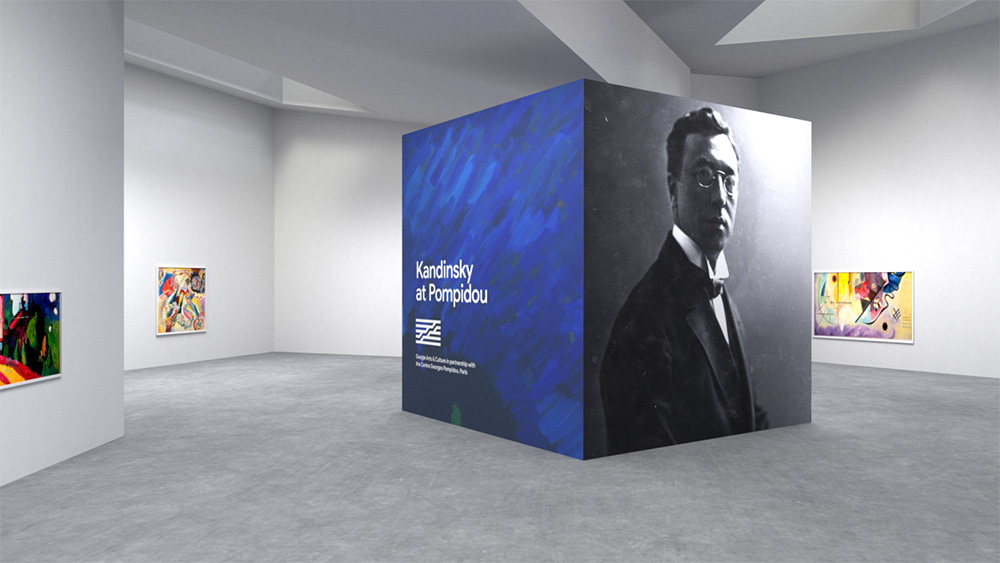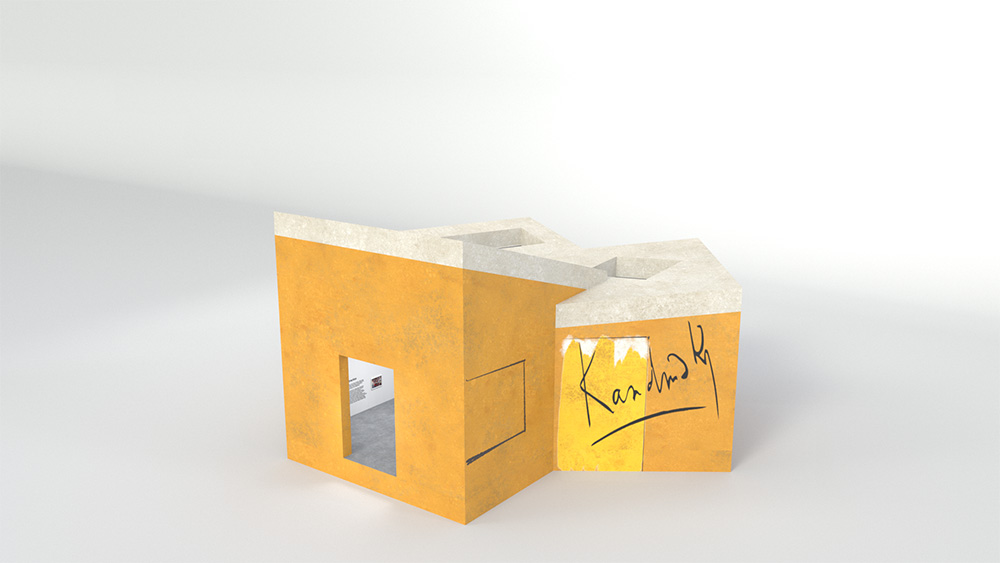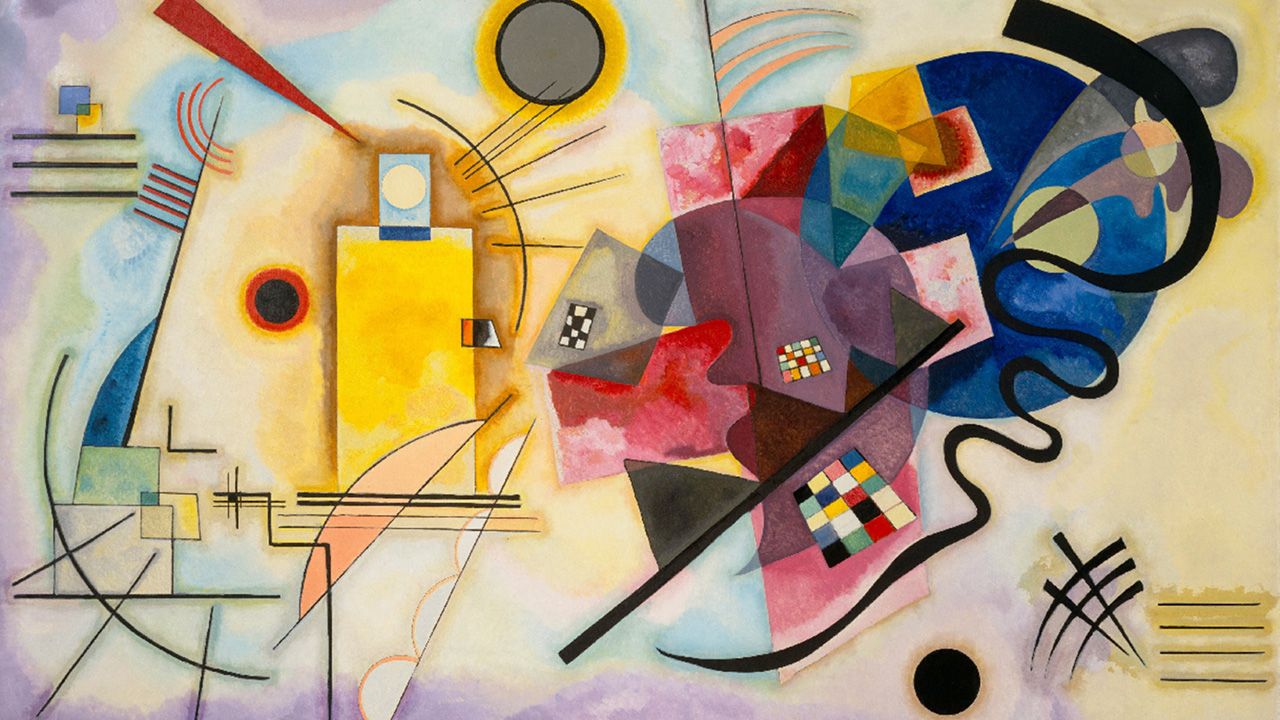As COVID-19 rages on, institutions are finding new and innovative ways to enliven their archives, bringing the best of art history to the fore with cutting-edge technology and an eye towards cultural exchange. This brave new world of online immersion demands a different approach to audience engagement: what exactly does it mean to bring a museum to the people? It’s a question that Centre Pompidou, like many other museums, is attempting to answer with a groundbreaking digital initiative.
On February 10, the Parisian institution unveiled its collaboration with Google Arts & Culture, Sounds Like Kandinsky, a digital project centering the life, work, and mind of the Russian abstract painting pioneer, Wassily Kandinsky. This partnership was made possible through the high-resolution digitization of more than 3,000 artworks acquired in 1981 by the Centre Pompidou, thanks to a donation by the artist’s wife, Nina. “It is a definite enrichment for Kandinsky’s work,” says Serge Lasvignes, President of the Centre Pompidou. “I am delighted that this project can support our objective of making art and culture more accessible.”
How it works
Sounds Like Kandinsky consists of three distinct sections. The first, a monograph of online exhibitions, adds texture to the artist’s life through the inclusion of never-before seen works, personal documents, photographs, palettes, and objects that belonged to Kandinsky himself. The second portion features a “Pocket Gallery,” which enables anyone with a smartphone to experience a Kandinsky exhibition in augmented reality, effectively bringing the Pompidou straight to the people. This stunning virtual experience marries the museum’s world-class curatorial rigor with an unprecedented wealth of detail, thanks to Google’s cutting-edge technologies.


Views of the platform’s “Pocket Gallery,” which presents a Kandinsky exhibition in augmented reality. Image: Centre Pompidou
The third piece of Sounds Like Kandinsky, entitled “Play a Kandinsky,” places audience members directly in the artist’s shoes, allowing them to explore his gift of synesthesia, a neurological trait that results in a merging of senses that aren’t normally connected. For Kandinsky, hearing and sight were inextricably linked, and thanks to Google’s newest developments in artificial intelligence, Centre Pompidou can finally answer the question, “What did Kandinsky hear when he was painting?” By filtering the artist’s aesthetic through the stylings of contemporary musicians Antoine Bertin and NSDOS, “Play a Kandinsky” creates a new dimension in interactive art engagement, enabling users to compose notes with a digital canvas.
Why it matters
Sounds Like Kandinsky is part of a larger push towards high-profile technology partnerships within the museological sphere; these collaborations help pay the bills while institutions are closed or operating at otherwise limited capacity. Google Arts & Culture has been at the forefront of these sorts of exchanges since 2011, revolutionizing the ways in which the public can encounter archival treasures across the globe. The lockdown has given Google Arts & Culture quite the unlikely chance to shine, digitizing collections and virtual visits of the Mucem in Marseille, expanding the “Streetview” capacities of the Musee d’Orsay, and even introducing virtual reality to the halls of the Palace of Versailles.
The success of Pompidou’s Kandinsky project lies in its self-consciously digital approach; rather than reproduce the experience of a museum visit, it employs tech to deepen audience attachment to the work, providing the kind of insights that only virtual interactivity can express.



